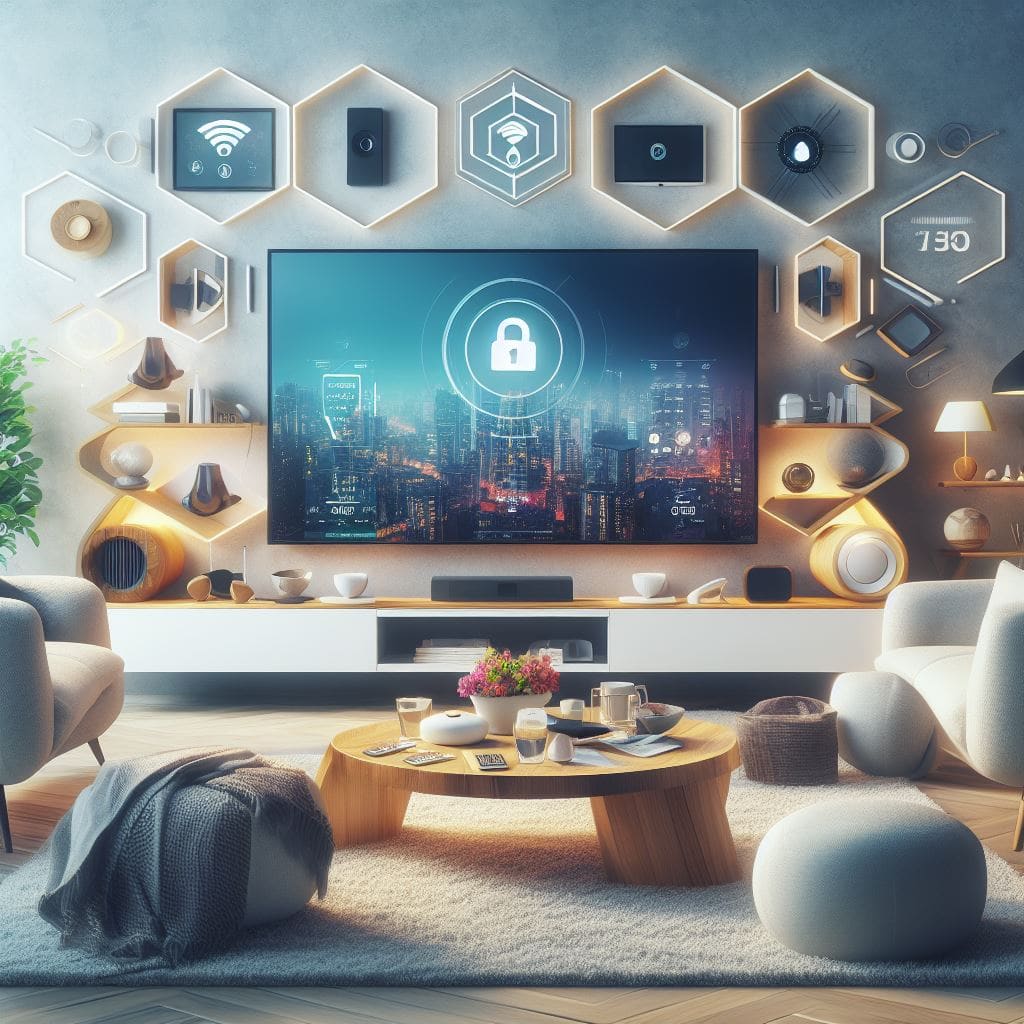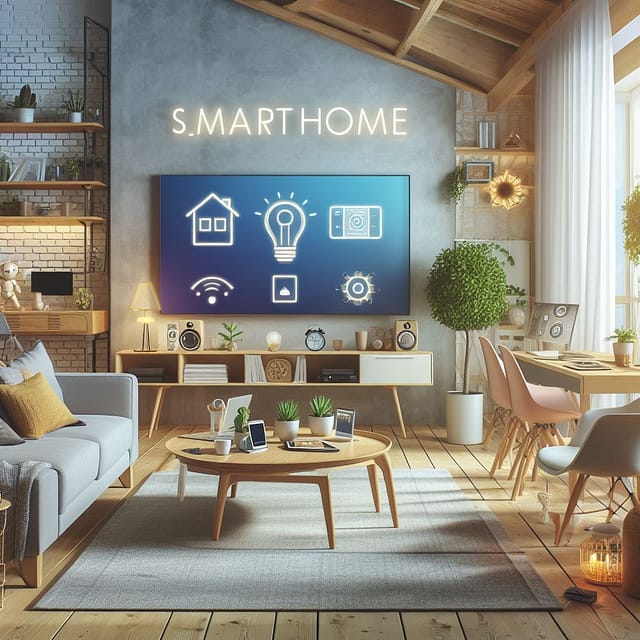Welcome to the Age of Smart Home Technology!
In today’s fast-paced digital world, the concept of a ‘smart home’ has rapidly evolved from a futuristic dream into an accessible reality. The integration of technology into our home environment aims to elevate everyday living through automation, energy efficiency, connectivity, and enhanced security. But what exactly constitutes a smart home, and how can you transform your living space into a smooth-operating, high-tech sanctuary? In this comprehensive guide, we’ll explore the essentials of smart home technology, offering you valuable insights and practical steps to revamp your household for the digital age.
What is a Smart Home?
The term ‘smart home’ refers to a living space equipped with interconnected devices and systems that can be remotely controlled and automated to perform various functions. These smart gadgets include but are not limited to, lighting, heating, air conditioning, security cameras, entertainment systems, kitchen appliances, and even window treatments. The central tenet of smart home technology is the ability for these devices to communicate with one another and be managed from a single point—often a smartphone app or voice commands through a virtual assistant.
Why Switch to a Smart Home?
There are numerous advantages to transitioning into a smart home, ranging from the obvious convenience factor to more subtle benefits that can impact your daily life. Some of the compelling reasons to consider smart home technology include:
- Enhanced Efficiency and Energy Savings:
Smart thermostats and lighting systems can learn your behavior patterns and adjust accordingly, leading to significant energy savings. By only utilizing resources when needed, you minimize waste and can see a noticeable reduction in your utility bills. - Increased Security and Peace of Mind:
Smart security systems offer real-time monitoring of your property, with immediate alerts sent to your device in the event of an intrusion. Moreover, the ability to remotely control door locks and view security cameras provides homeowners with an extra layer of protection. - Ultimate Convenience and Control:
Imagine adjusting room temperature, dimming lights, or starting your coffee machine all before getting out of bed. Smart technology places control at your fingertips, enhancing convenience and allowing for a seamless daily routine. - Personalized Automation to Fit Your Lifestyle:
With smart homes, you can create custom settings that align with your lifestyle. Schedules can be set for different gadgets to perform specific tasks at designated times, ensuring things run smoothly without constant manual input.
The Core Components of a Smart Home: A Beginner’s Guide
Assuming you’re convinced of the merits of a smart home, the next step is figuring out where to start. Here’s a rundown of the core components you’ll need to consider:
- Central Hub or Control System:
The cornerstone of any smart home is its central control system. This hub serves as the brains of the operation, allowing you to connect and manage all your devices from one place. Options range from standalone hubs to platforms integrated into voice-activated speakers like Amazon Echo or Google Home. - Smart Lighting:
Smart bulbs and lighting systems are among the easiest entry points into smart technology. They let you adjust brightness, color temperature, and even color, with some systems capable of synchronizing lighting with music or on-screen entertainment. - Smart Thermostats and HVAC Controls:
Smart thermostats can significantly enhance your home’s energy efficiency by learning your temperature preferences and optimizing climate control to match your schedule. Additionally, these devices often provide detailed energy usage reports, helping you understand and manage your consumption better. - Smart Security Systems:
From video doorbells that allow you to see and speak with visitors remotely to full-fledged security setups with motion sensors and alarms, smart security systems provide a robust shield for your property. These systems often come with app support for live monitoring and notifications. - Smart Appliances and Outlets:
Refrigerators that track your groceries, ovens you can preheat on your way home, or smart plugs that let you control non-smart devices via an app—all these are examples of smart appliances and outlets that can revolutionize how you interact with your home.

The Future of Smart Home Technology is Here
As technology continues to advance, the possibilities for smart home systems grow exponentially. Future homes could include further integrations where AI not only understands your habits but also anticipates your needs, adjusting your home environment even before you realize it’s needed. With advancements in machine learning and AI, our homes will become even smarter and more responsive, blurring the lines between physical and digital in fascinating ways.
Creating a Seamless Smart Home Network
The success of a smart home lies in the cohesion of its network. It’s crucial to ensure that all your gadgets are compatible and can communicate effectively. This often means sticking to certain protocols or ecosystems, such as Z-Wave, Zigbee, or Apple’s HomeKit. The market is replete with devices that support multiple standards, so finding ones that play nicely together is easier than ever.
Additionally, investing in a robust Wi-Fi network is non-negotiable for a seamless smart home experience. Many devices rely on a strong wireless connection, and with the increased number of gadgets, traditional routers may struggle to keep up. Mesh Wi-Fi systems are a popular solution, as they provide extensive coverage and can support dozens of devices simultaneously without compromising performance.
Upgrading Your Smart Home Experience
The journey to a smart home doesn’t end with the initial setup. As with any technology, regular updates and new device integrations will keep your smart home at the cutting edge. It’s also crucial to stay informed about security updates to protect your network and your privacy.
Moreover, the integration of smart home devices extends beyond mere functionality—it has the potential to enhance aesthetics. Smart lighting and devices can contribute to the design and atmosphere of your home, creating environments that reflect your mood or the occasion. Ultimately, a smart home should not only be intelligent but also adaptable to the individual’s needs, providing a space that is at once inviting, secure, and effortlessly controllable.
In Conclusion
Transforming your home into a smart home is an investment in convenience, security, energy efficiency, and overall quality of life. The journey starts with understanding the basics, but the potential is limitless. Whether you’re automating simple tasks or creating a fully integrated network of devices, the smart home revolution is here to stay. Embrace the digital age and make your home smarter, safer, and more suitable for the modern lifestyle. Welcome to the future of living!

